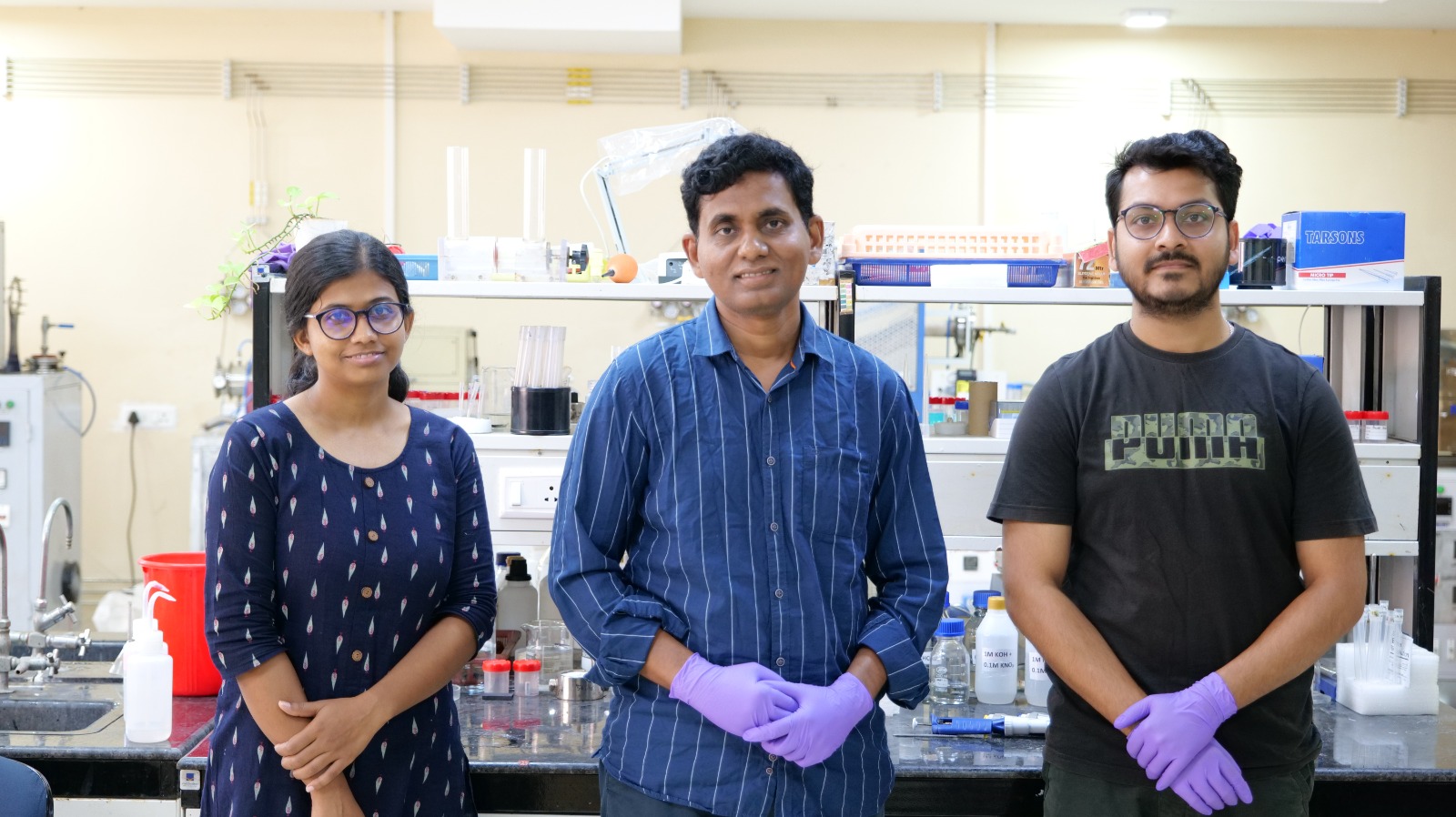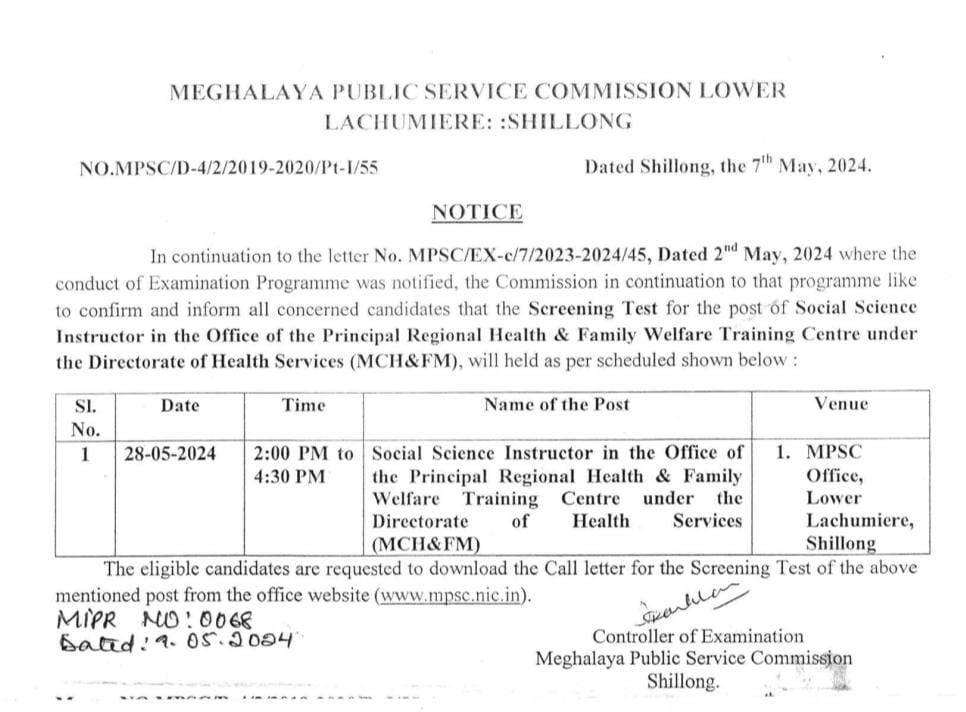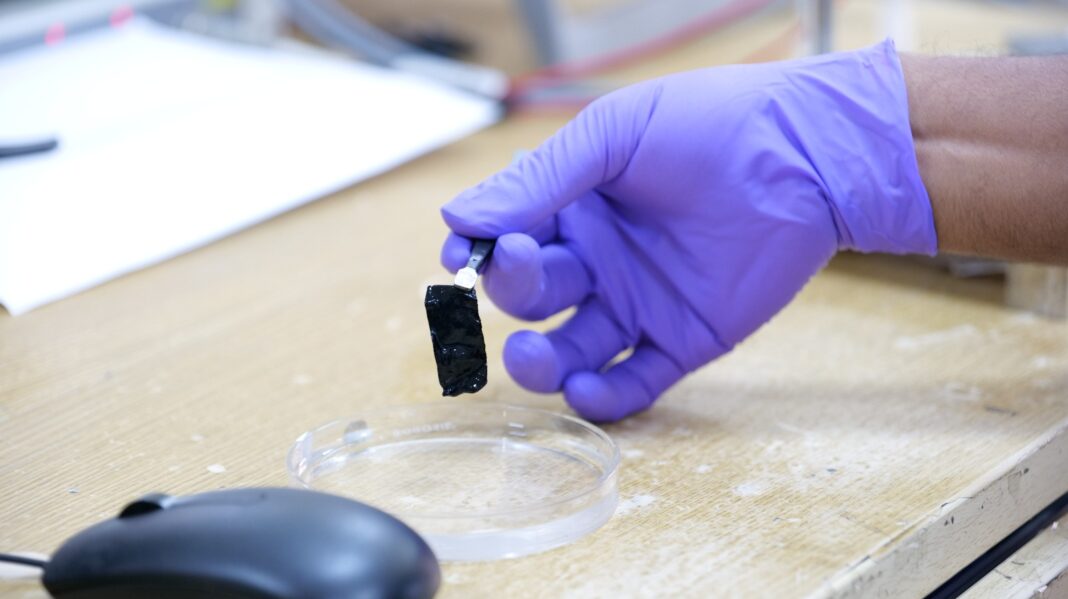Guwahati, May 10: Researchers from the Indian Institute of Technology, Guwahati (IIT Guwahati) have developed novel materials and methodology that significantly enhance the performance metrics of supercapacitors.
Led by Prof. Uday Narayan Maiti, Department of Physics, IIT Guwahati, this research’s findings have been published in the prestigious journal “Small” (published by Wiley-VCH).

Other team members include Dr Pronoy Dutta, Sujit Kumar Deb, Amalika Patra, Golam Masud Karim, Dr Abhisek Majumder, and Prof.Parameswar K. Iyer from IIT Guwahati, Dr Pradip Kumar from CSIR-Advanced Materials and Processes Research Institute (AMPRI), Bhopal, and Dr Narayanan Padma, Bhabha Atomic Research Centre, Mumbai.

Supercapacitors, akin to batteries, serve as energy storage devices. However, unlike batteries, which rely on chemical reactions, supercapacitors store energy through the electrostatic field – the separation of charges.
Renowned for their remarkable efficiency, supercapacitors can complete rapid charging and discharging cycles in mere seconds. They power quick-charging devices such as digital cameras and LED flashlights and boast charging times as short as 90 seconds.
They prove indispensable in applications requiring bursts of power over short periods, such as defibrillators used for heart stabilization and power stabilization in devices like laptops.

Despite their exceptional energy storage properties, supercapacitors face challenges in widespread commercialization.
For any supercapacitor technology to achieve commercial success, it must simultaneously meet three critical performance metrics: gravity, volumetric, and areal capacitance. Areal capacitance is particularly crucial for designing compact and lightweight energy storage solutions.
However, achieving high areal capacitance necessitates large amounts of energy-storing active materials for the electrodes, resulting in a trade-off with volumetric and gravimetric capacitances.

To tackle this challenge, Prof. Maiti’s team introduced a composite electrode comprising MXene and bio-waste-derived cellulose nanofibers (CNF).
MXenes represent two-dimensional inorganic materials comprising extremely thin layers of transition metal carbides, nitrides, or carbonitrides.
In this study, the team used a novel electric-field-guided method to assemble these extremely thin and small nanomaterials into electrodes.

Nanofibers, on the other hand, are filaments 100,000 times thinner than human hair. These nanofibers were strategically included to overcome the performance trade-off with very high mass-loading electrodes.
Commenting on his research, Prof. Uday Narayan Maiti from the Department of Physics, IIT Guwahati, remarked, “These MXene-CNF-hydrogel-derived electrodes exhibit impressively high areal and volumetric capacitance with very high areal mass loading more than 70 mg/cm2.
They maintain 96% of their capacitance after 20,000 charge-discharge cycles, showcasing robust long-term operational stability.”

The researchers assembled MXene sheets into porous hydrogel structures – gels that retain a significant amount of water. They found that dehydration of these hydrogels resulted in blocked localized pores. The introduction of CNFs derived from garlic husk interconnected the pores and facilitated ion transport.
Practical supercapacitors boasting high aerial, volumetric, and gravimetric capacitance hold promise for applications in electric vehicles, renewable energy systems, and consumer electronics, heralding significant advancements in energy storage technology.
Read: IIM Shillong Placements recorded Highest CTC of 71.50 LPA
WATCH:
Find latest news from every corner of Northeast India at hubnetwork.in, your online source for breaking news, video coverage.
Also, Follow us on-
Twitter-twitter.com/nemediahub
Youtube channel- www.youtube.com/@NortheastMediaHub2020
Instagram- www.instagram.com/ne_media_hub





